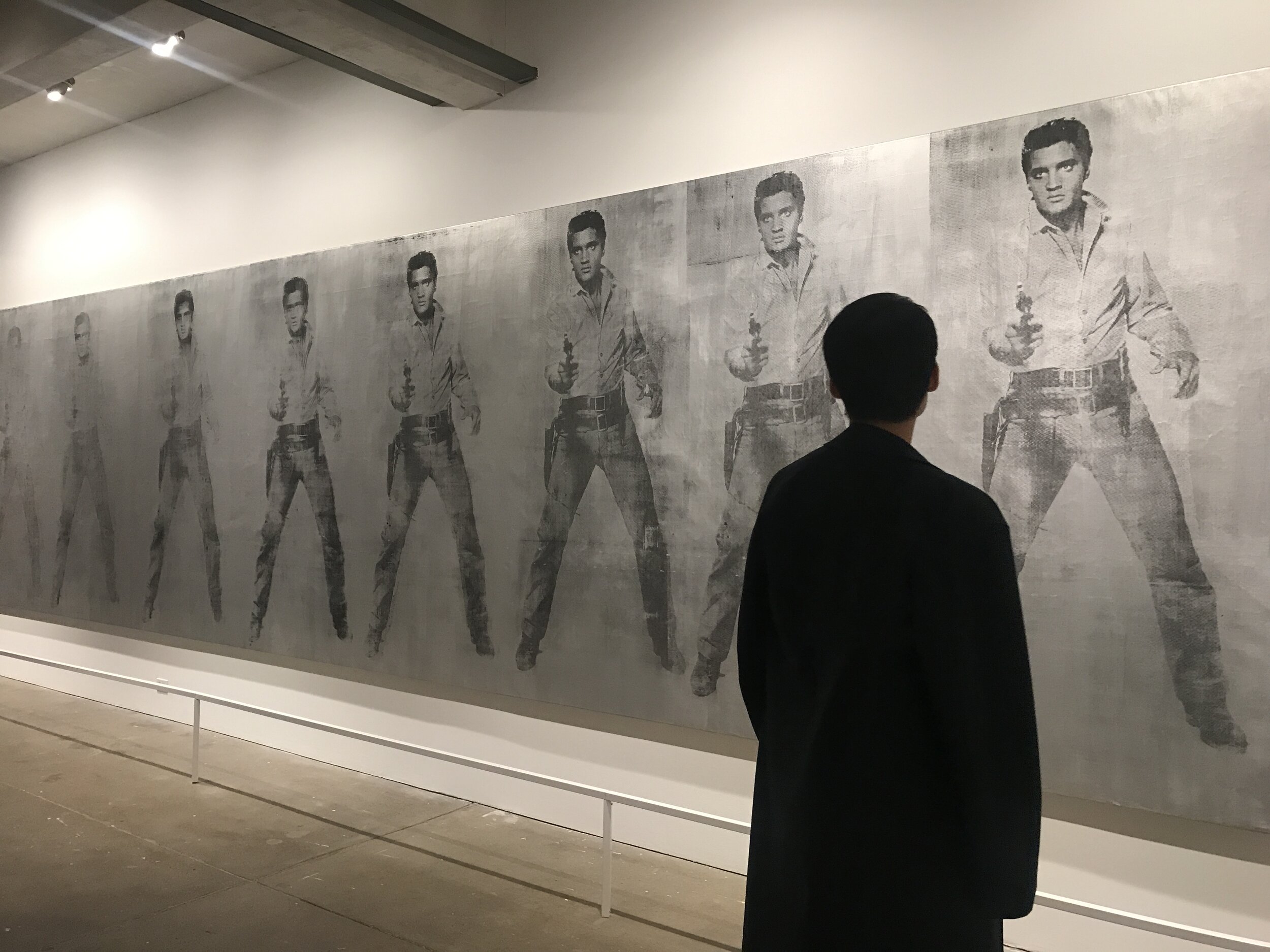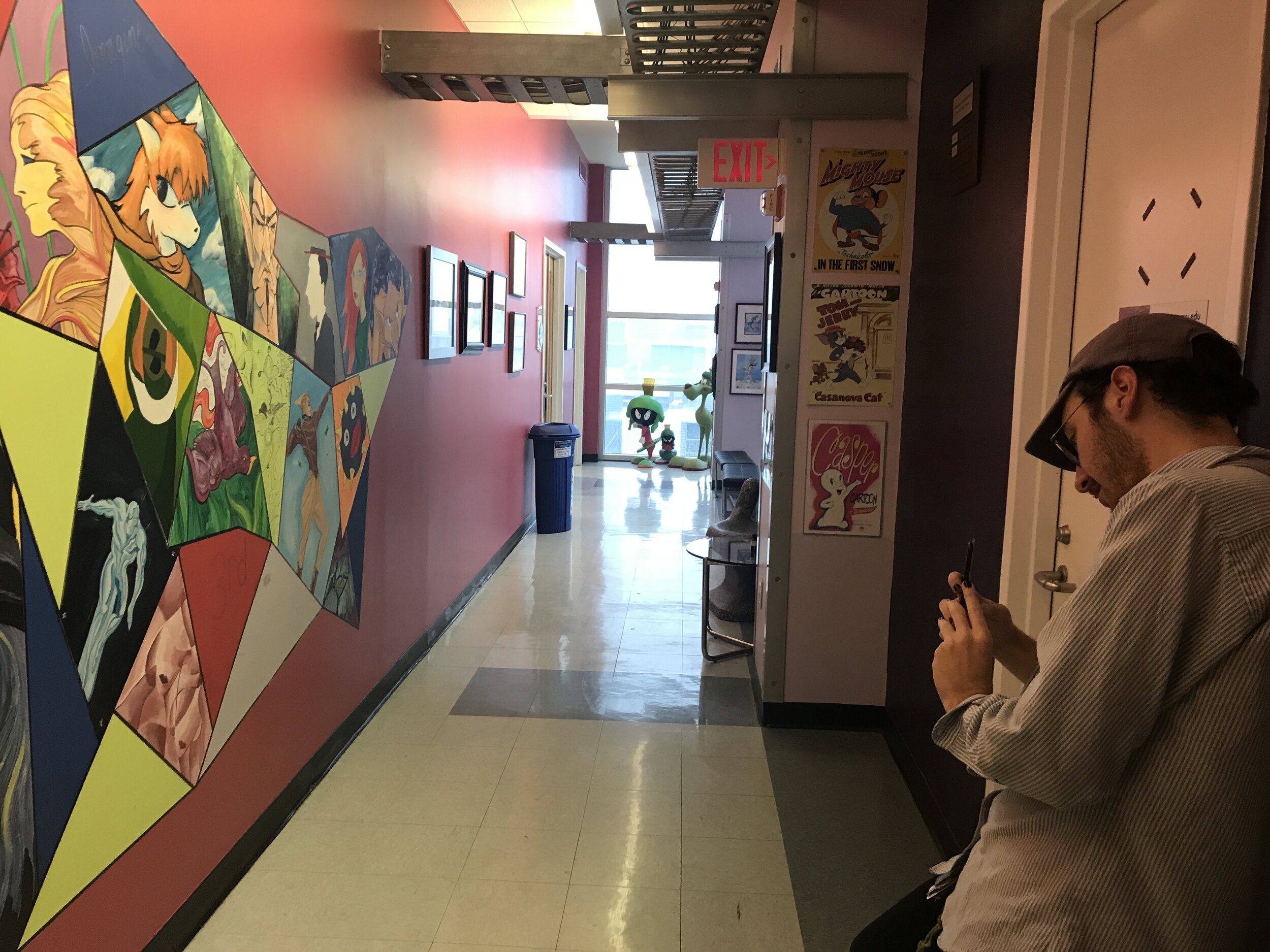AR(t)
Course: Digital Art Studio
Goal: Explore capabilities of augmented reality interactions for location-based experiences, with a focus on art museums.
Team: Daryl Choa (Interaction Design) + Weizheng Lee (Programmer).
Duration: 15 weeks.
Platform: Unity + Vuforia for iOS.
Project Summary: With the rise of virtual technologies, augmented reality apps have become a prevalent tool among museum institutions. How can we utilize these technologies to engage audiences in a meaningful way and to foster conversations? Our original inspiration was the controversial MoMAR experience. We explored:
Current AR-related art museum experiences
Programming and UI design for AR interactions
Challenges and advantages of developing on various AR different platforms
Creating meaningful interactions for art experiences
At the end of the semester, we delivered a literature review of AR applications for art museums and two proof of concepts.
Contributions
Literature review and research of AR applications for art-themed and location-based experiences
Concept development and interaction design
Organization of project, milestones, and deliverables
A tiny bit of programming to set up devices and tech
Challenges
Change in deliverables mid-project.
We had originally planned on working with the Andy Warhol Museum and had developed an early proof of concept with a specific piece there. A couple weeks into the project, we were informed that we could no longer work with the museum.
Little to no experience with AR technology.
We were both unfamiliar with AR tools and programming. As a result, it took us a while to decide on the appropriate technology to use for our purposes and develop prototypes.
Solutions
Used ETC building.
Using artwork scattered throughout our academic building, we recreated the experiences that we hoped to see in museums. While it was not ideal, it allowed us to playtest and get feedback to iterate on design.
Proof of concepts.
Since we had little experience with programming and designing for AR, we decided to focus only on developing and testing interactions rather than the entire user flow.
My Learnings
One size does not fit all.
In order for an AR interaction to be impactful, it has to be specific to an art piece and developed in line with the intentions of the original artist. Or the experience should be developed in conjunction with the art.
AR tech is interesting, but currently not sustainable for non-profits.
Given the amount of time it takes to develop one experience and the potential replayability, the payoff is pretty small. However, I could see AR as a successful tool for reimagining permanent collections.
UI is key.
Given the lack of time that we had for this project, we decided not to focus on developing the user interface. However, this interfered with our playtests because guests could not distinguish between when they entered the AR experience or were still within the app. AR is still an unfamiliar interface for most users.
I’m not good at programming.
Nor do I like it. It is a necessary evil.








